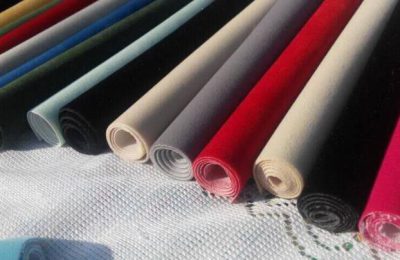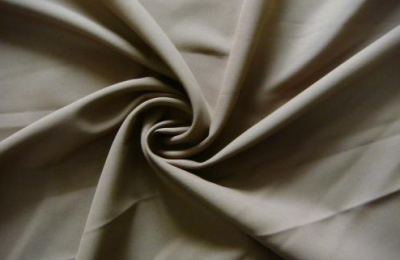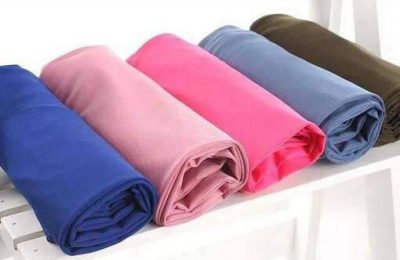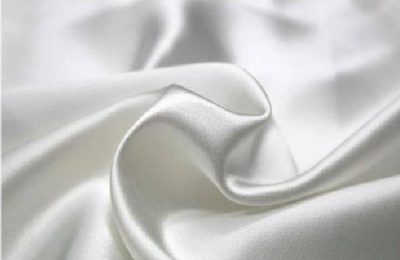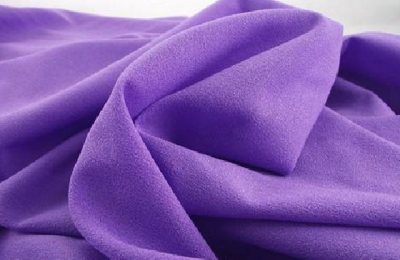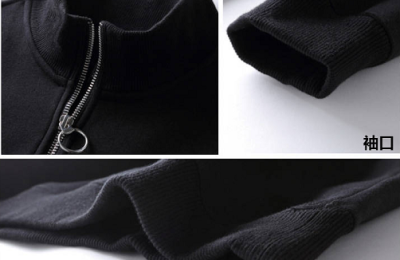It is understood that membrane technologies currently commonly used in wastewater treatment include: microfiltration and ultrafiltration , nanofiltration, reverse osmosis, electrodialysis, etc. Next we are going to introduce Teflon liquid filtration membrane, let’s take a look.

Nylon (NMO) has high strength, good wear resistance, chemical resistance, water resistance, and elasticity. Due to its uniform wire diameter and smooth surface, it has excellent liquid permeability. It has good high temperature resistance, with a maximum continuous operating temperature of 160°C. It is made of filter materials such as nylon monofilament and polyester monofilament and is precision processed with special auxiliary materials; usually the accuracy is between 20 microns and 1000 microns; it has the advantages of high passability, impurities are easy to fall off on the surface of the filter material, and is easy to clean. It can be reused many times, and the ring mouth can be selected from steel rings or plastic rings of different sizes.
Teflon liquid filtration membrane is generally made of polytetrafluoroethylene (ptfe) suspended powder, which is expanded and stretched to form a microporous film. PTFE liquid filtration membrane has a fibrillar microporous structure with a porosity of more than 88%. There are 1.4 billion micropores per square centimeter, with a pore size range of 0.1μm-0.5μm. This membrane is laminated on various fabrics and substrates using a special process. It can become a new type of filter material. The membrane has small pore size, uniform distribution and large porosity. It can filter all dust particles including bacteria while maintaining air circulation.
It is a Teflon liquid filtration membrane manufacturer integrating production, sales and customization. The company has advanced PTFE film production lines and composite production lines. The company’s products are widely used in various fields. Interested parties can enter the store for consultation. </p



